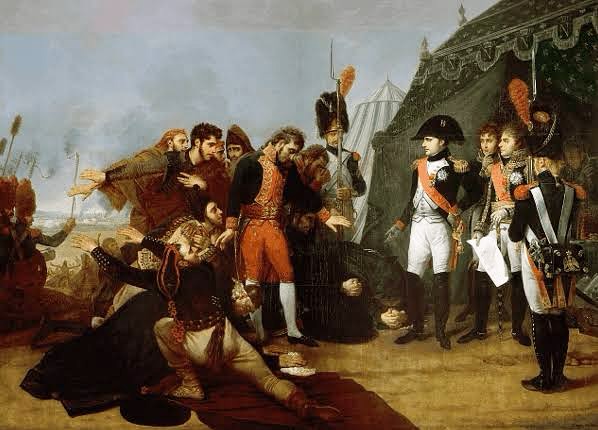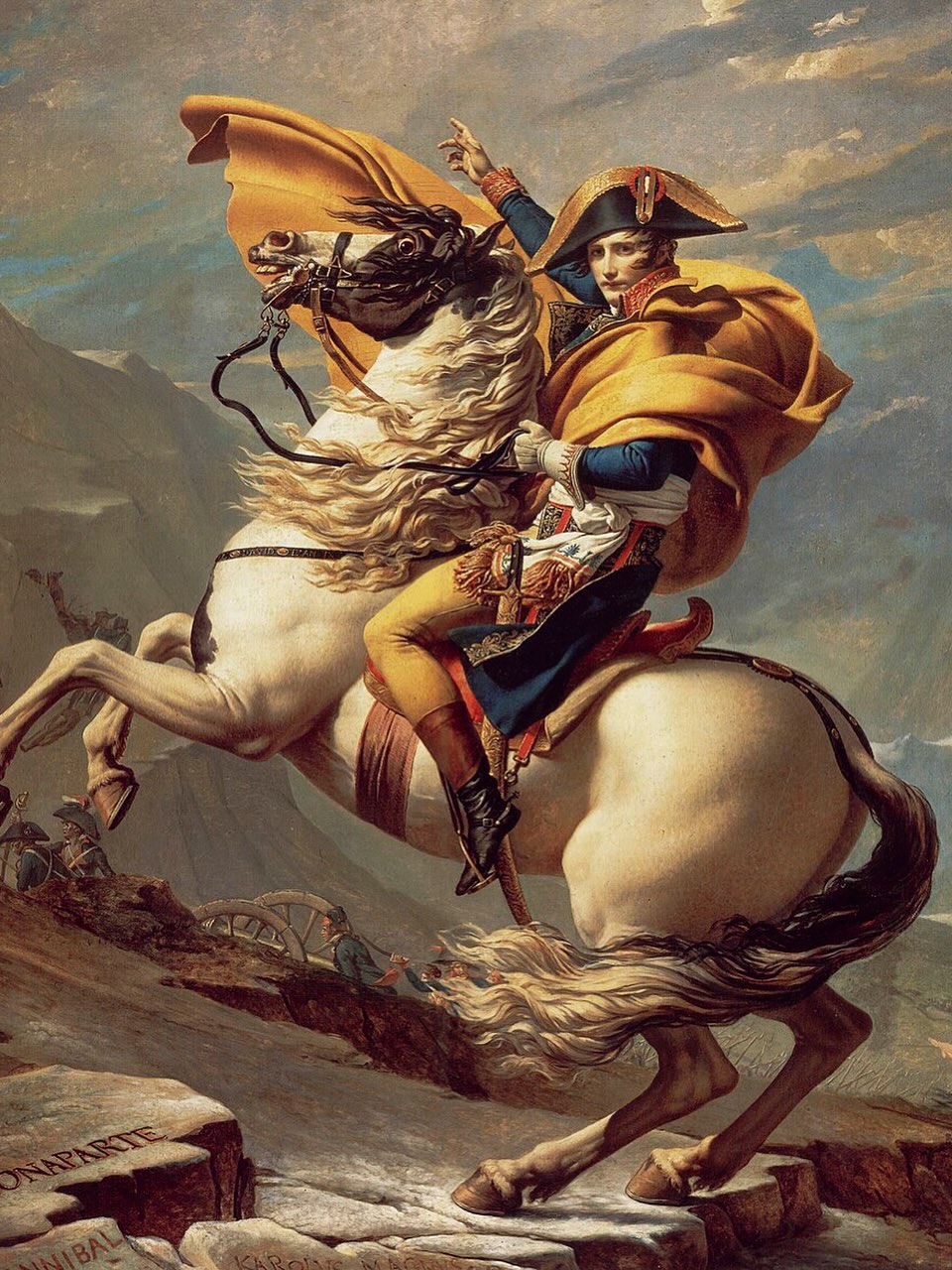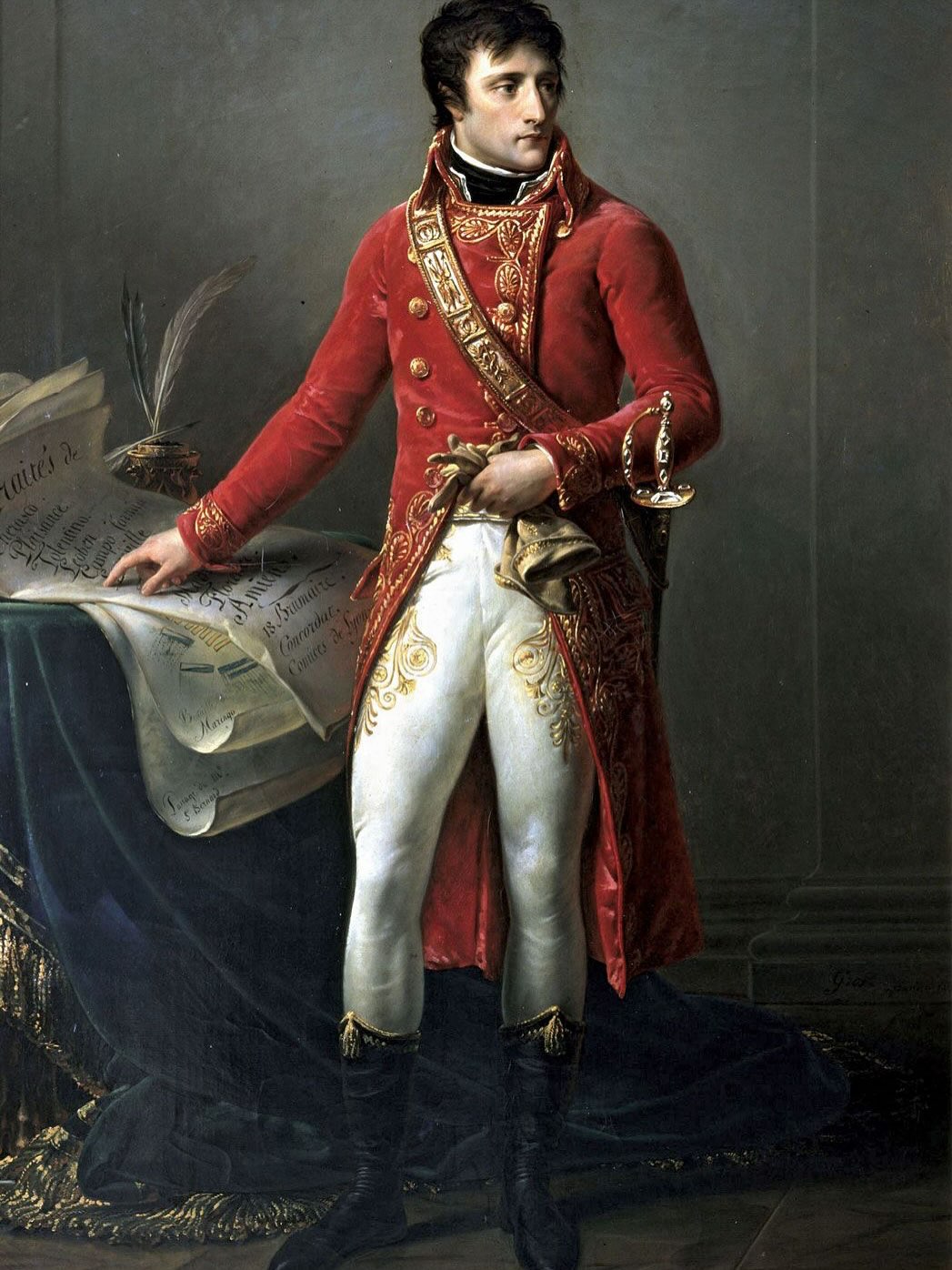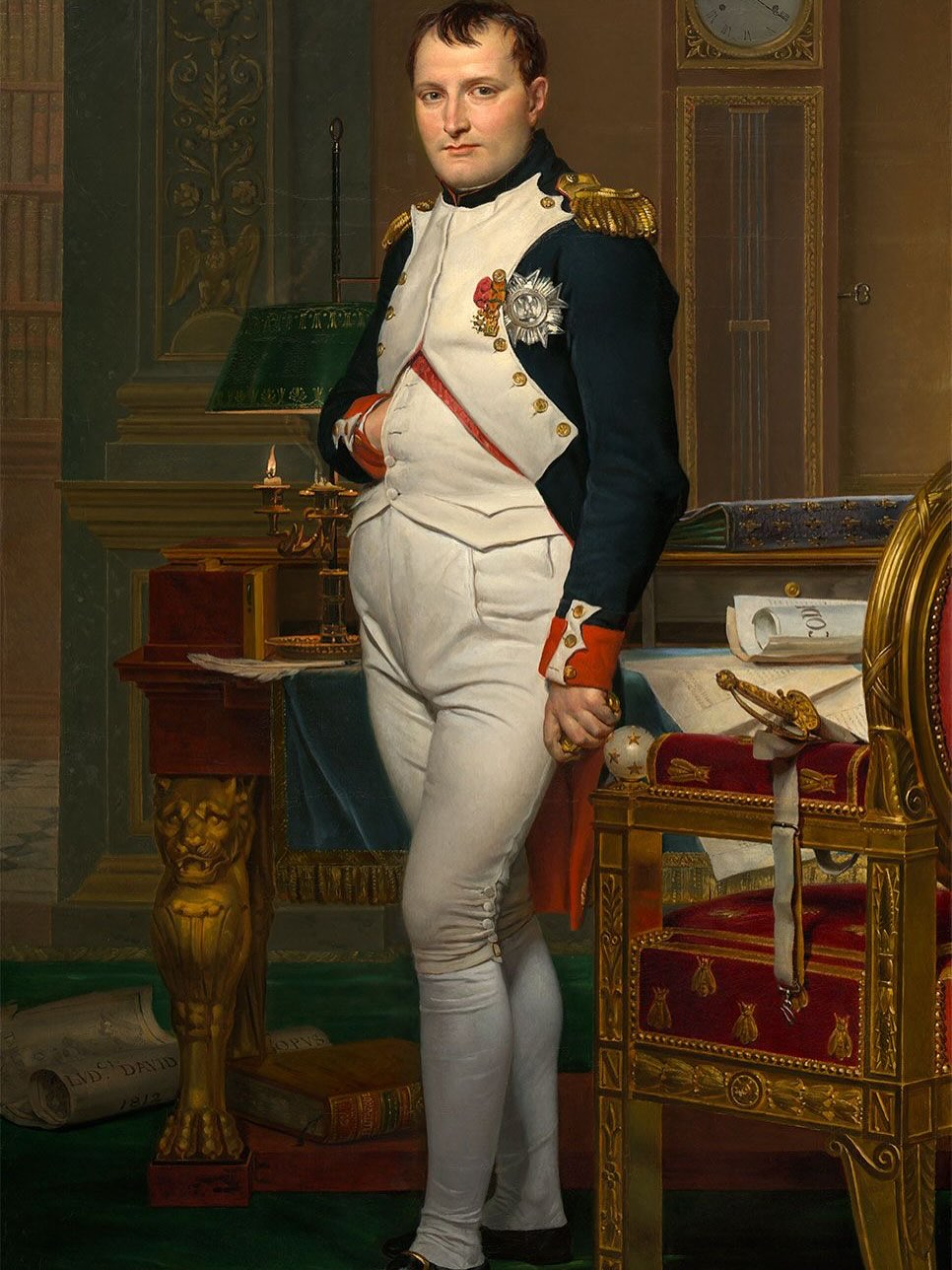It was the largest invasion force ever assembled, yet when French Emperor Napoleon Bonaparte’s “Grande Armée” marched on Russia in 1812, disaster struck—not just on the battlefield. A French research team has now identified two additional bacterial infections that contributed to the army’s decimation during the retreat. Using modern paleogenomic techniques, scientists at the Pasteur Institute in Paris discovered traces of Salmonella enterica enterica, which causes paratyphoid, and Borrelia recurrentis, responsible for relapsing fever, in soldiers’ remains. These infections joined typhus and trench fever in producing severe fevers, fatigue, and muscle aches, making survival almost impossible amid freezing conditions and dwindling rations.
++ Jeweller in Alabama embeds diamond in prosthetic eye after losing sight
Napoleon’s invasion, intended to force Russian Czar Alexander I to comply with a trade embargo against Britain, initially captured Moscow in the summer of 1812. However, the army stalled as winter approached, and the combination of harsh weather, starvation, and disease began to take its toll. By the time the Grande Armée withdrew in October, barely 30,000 of the original 500,000 soldiers survived. Excavations in Vilnius, Lithuania, where hundreds of soldiers were buried, previously confirmed typhus and trench fever, but this latest study expands our understanding of the full spectrum of deadly pathogens present.
The research illustrates how modern DNA analysis can shed light on historical events. According to Nicolas Rascovan, lead scientist on the study, ancient DNA testing now allows for detailed identification of multiple pathogens in remains centuries old. The findings highlight how disease moved with armies across Europe, influenced not only by troop movements but also by trade networks. Remarkably, one of the newly discovered bacteria appears to have originated in England, demonstrating the global mobility of disease even during the early 19th century.
++ Christian Horner could make £1.5bn Formula 1 comeback after Red Bull exit
Historians emphasise the broader significance of such discoveries. Erica Charters, a historian of war and disease at Oxford University, noted that high rates of disease-related fatalities are common in wartime due to collapsed infrastructure and disrupted food supplies. Understanding how epidemics spread during conflicts can inform modern risk assessments, particularly the importance of sanitation and logistics in mitigating outbreaks. As Charters explains, “Conflict and disease tend to rise together, and the lessons from the Grande Armée remain relevant for contemporary public health planning.”





